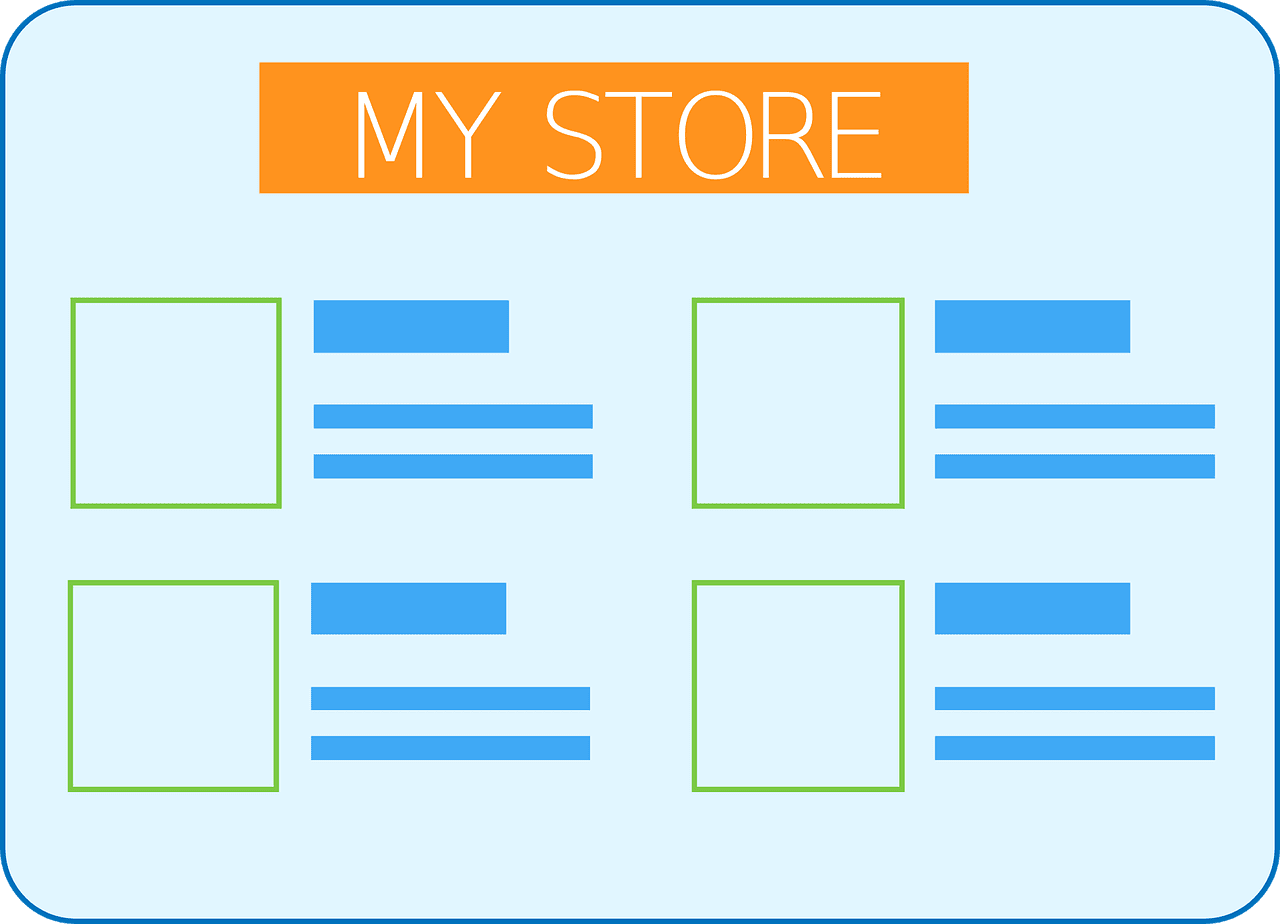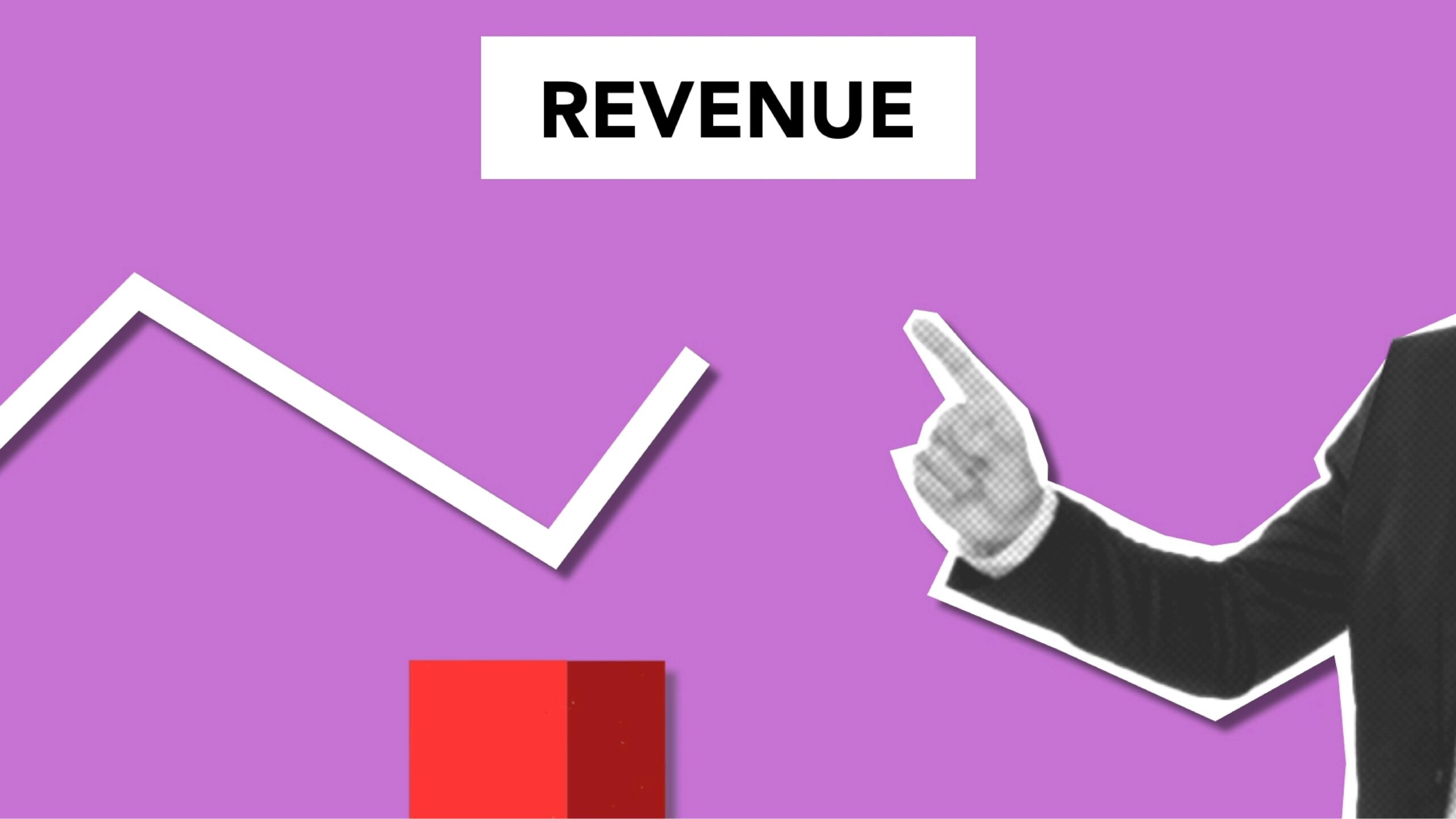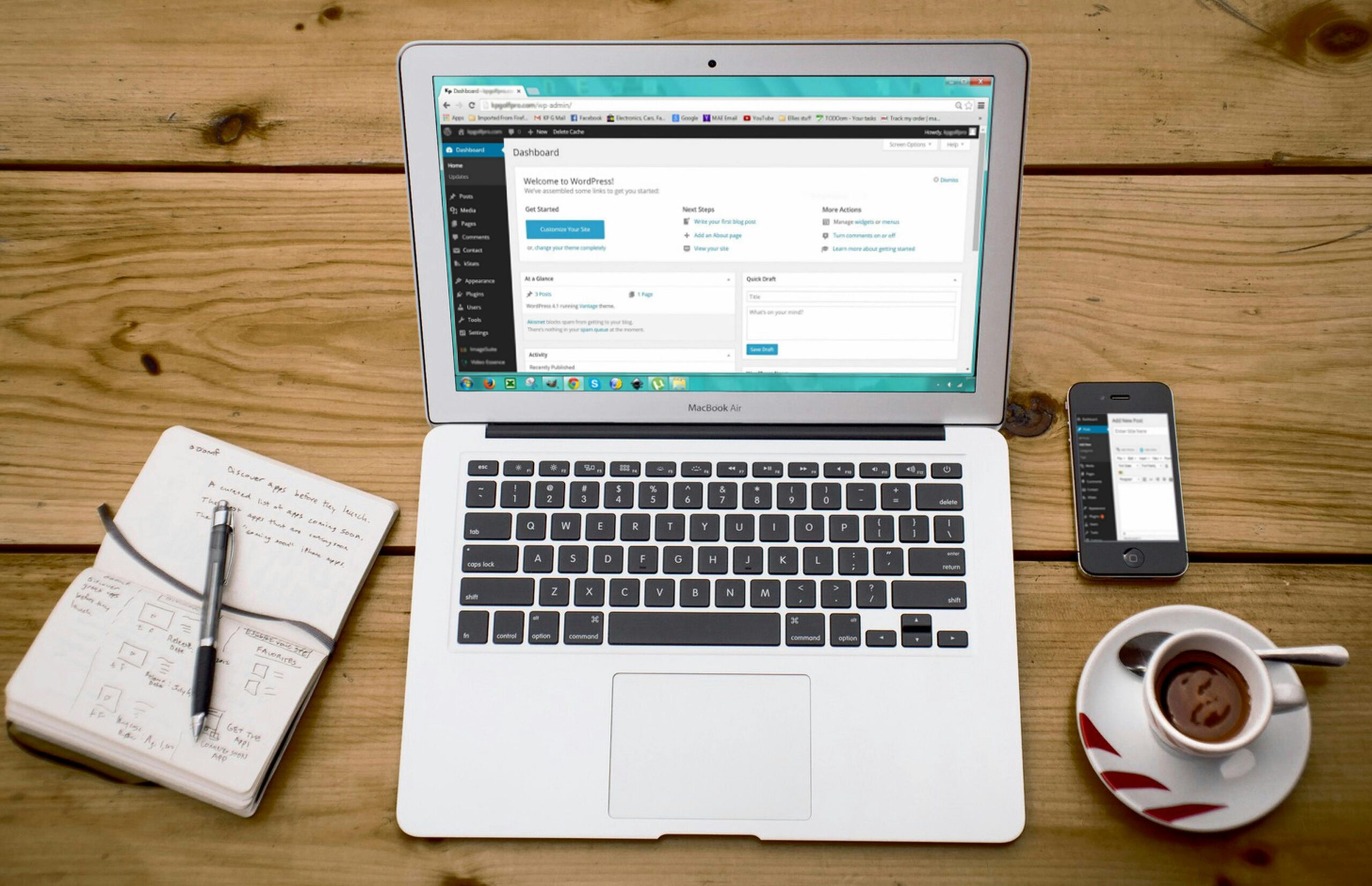Disclosure:
Some of the links on this website are affiliate links, which means that if you click on one of the links and sign up or make a purchase, we may earn a small commission at no additional cost to you. This commission helps support the maintenance and operation of this site.
We only recommend products or services that we believe will provide value to our readers. Our opinions and recommendations are based on our own research and experiences, and we strive to offer honest and unbiased content.
Please note that your support through these affiliate links is greatly appreciated, as it helps us continue to provide quality content and resources.
Thank you for your support!
Selling online has never been more accessible—or more competitive. With eCommerce giants like Amazon, Walmart Marketplace, and Etsy offering seller platforms, entrepreneurs and product creators have powerful avenues to reach customers across the globe. But how do you know which is right for you?
1. Amazon: The Giant in the Room
Amazon dominates online retail with millions of shoppers browsing daily. It’s ideal for sellers who want exposure to a massive audience, access to Prime shipping through FBA (Fulfillment by Amazon), and scalability.
Key Benefits:
- Huge customer base with built-in trust
- FBA handles fulfillment, shipping, and returns
- Tools for brand protection and advertising
Best For:
- Private label products
- Household goods, electronics, books, and high-volume items
- Sellers focused on automation and scaling
Costs:
- $39.99/month Professional plan (required for FBA and bulk listings)
- Referral fees: 6–45%, depending on category
- FBA storage and fulfillment fees (based on weight/dimensions)
Setup Overview:
- Create a Seller Central account
- Choose FBA or FBM (Fulfilled by Merchant)
- List your products
- Ship inventory to Amazon (for FBA)
- Optimize with images, keywords, and A+ content
Tip: Amazon requires a steep learning curve, so investing in product research and advertising tools (e.g., Helium 10, Jungle Scout) is often essential.
2. Walmart Marketplace: The Rising Contender
Walmart Marketplace is a fast-growing competitor to Amazon, leveraging its brand recognition and brick-and-mortar footprint. Sellers benefit from less competition and access to Walmart’s omnichannel presence.
Key Benefits:
- Lower fees than Amazon
- Trusted U.S. retailer with a growing online segment
- Walmart Fulfillment Services (WFS) similar to FBA
- Less saturated in many product categories
Best For:
- Established sellers with prior eCommerce experience
- Brand owners with scalable inventory
- Price-competitive consumer products
Costs:
- No monthly subscription fee
- Referral fees: 6–20%, depending on category
- WFS fees for fulfillment (optional)
Setup Overview:
- Apply to become a seller (approval takes time)
- Integrate inventory via API, partner platform, or manual upload
- List products with rich content and competitive pricing
- Enable 2-day shipping for higher visibility
- Optionally enroll in WFS for hands-off fulfillment
Tip: Walmart has stricter approval requirements—having a strong sales history on other platforms helps.
3. Etsy: The Handmade and Creative Marketplace
Etsy focuses on handmade goods, vintage items, and craft supplies. It’s a great platform for creative entrepreneurs, artists, and makers seeking a niche audience that values originality.
Key Benefits:
- Niche audience interested in handmade and unique items
- Lower barrier to entry for new sellers
- Personal, community-oriented buyer experience
- Built-in tools for customization, branding, and marketing
Best For:
- Artists, crafters, and handmade product creators
- Vintage resellers and printable sellers
- DIY kits, gifts, and personalized products
Costs:
- $0.20 listing fee per product
- 6.5% transaction fee on the sale price (including shipping)
- Optional Etsy Ads, shipping labels, and promotional tools
Setup Overview:
- Create an Etsy shop and complete your profile
- Upload product listings with images and descriptions
- Set shipping, pricing, and policies
- Promote through Etsy Ads or organic marketing
- Engage with buyers and collect reviews
Tip: Success on Etsy relies heavily on product photography, storytelling, and SEO-optimized listings.
Side-by-Side Comparison
| Feature | Amazon | Walmart Marketplace | Etsy |
| Target Market | General, mass-market | Budget-conscious U.S. buyers | Handmade, creative shoppers |
| Seller Approval | Easy (instant with docs) | Requires application | Instant (limited restrictions) |
| Monthly Fee | $39.99 (Pro Plan) | $0 | $0 (listing fees apply) |
| Referral Fees | 6–45% | 6–20% | 6.5% |
| Fulfillment Options | FBA or FBM | WFS or seller-fulfilled | Seller-fulfilled only |
| Advertising Tools | Sponsored Products, DSP | Walmart Sponsored Products | Etsy Ads |
| Brand Customization | Limited | Moderate | High (storefront branding) |
| Scalability | High | High | Moderate (niche-based) |
Which Platform Should You Choose?
Choose Amazon if:
- You want high-volume sales and are ready for scale
- You have the budget to invest in ads and inventory
- You sell mass-market or branded goods
Choose Walmart Marketplace if:
- You already sell online and want a new sales channel
- You’re comfortable with price competitiveness
- You have experience with logistics or plan to use WFS
Choose Etsy if:
- You create or curate unique, handmade, or vintage items
- You want control over your branding and buyer interactions
- You’re targeting a niche, arts-and-crafts audience
Each platform offers unique advantages and challenges. Whether you’re a handmade artist, a private label brand, or a seasoned eCommerce seller, choosing the right marketplace—or using multiple—can expand your reach and diversify your revenue.
Take time to understand each platform’s policies, fees, and audience. Start with one that aligns with your product type and resources, then expand as you grow.

FAQ: Selling on Amazon, Walmart, and Etsy
1. What’s the main difference between Amazon, Walmart, and Etsy for sellers?
- Amazon is a massive eCommerce marketplace ideal for high-volume, mass-market products.
- Walmart Marketplace is growing fast, with less competition and a focus on trusted retail goods.
- Etsy specializes in handmade, vintage, and creative products with a niche customer base.
2. Which platform is best for beginners?
Etsy is often the easiest for beginners due to its lower entry barrier, creative community, and straightforward listing process. However, Amazon and Walmart offer more scalability if you’re ready for more complex logistics and advertising.
3. Do I need a registered business to sell on these platforms?
- Amazon: Not required for individuals, but highly recommended.
- Walmart: Yes, you need a U.S. business entity and tax ID.
- Etsy: No, you can sell as an individual or hobbyist, but registering a business adds credibility.
4. Which platform has the lowest fees?
Walmart Marketplace typically has the lowest selling fees (6–20%) and no monthly fee.
Etsy has modest listing and transaction fees but can add up with ads and payment processing.
Amazon charges a monthly fee ($39.99 for Pro accounts) plus higher referral and FBA fees.
5. Can I use all three platforms at once?
Yes. Many sellers diversify their sales channels across all three to maximize reach and revenue. Just make sure you can manage inventory and customer service consistently across platforms.
6. Which platform offers the best fulfillment services?
- Amazon offers Fulfillment by Amazon (FBA), one of the most advanced logistics systems available.
- Walmart has Walmart Fulfillment Services (WFS), a growing alternative.
- Etsy does not offer built-in fulfillment; sellers handle packing and shipping themselves or use third-party services.
7. Do I need UPCs or barcodes to list products?
- Amazon and Walmart require UPCs or barcodes unless you qualify for a GTIN exemption.
- Etsy does not require barcodes for most handmade or vintage items.
8. How competitive is each marketplace?
- Amazon is highly competitive with millions of sellers and advanced advertising tools.
- Walmart is less saturated but harder to get approved.
- Etsy is competitive within niches like jewelry, home décor, and personalized gifts, but allows for greater brand personality.
9. Can I customize my storefront on these platforms?
- Amazon: Limited customization unless you’re enrolled in Brand Registry.
- Walmart: Moderate control over listings but limited storefront branding.
- Etsy: Offers the most branding flexibility with shop banners, profiles, and story sections.
10. What types of products are best suited for each platform?
- Amazon: Electronics, books, private label, household essentials.
- Walmart: Branded, competitively priced consumer goods.
- Etsy: Handmade, vintage, art, printables, personalized items.
Check out our Resources Here.
Subscribe to our Newsletter for Posts, Updates and More.
























Leave a Reply